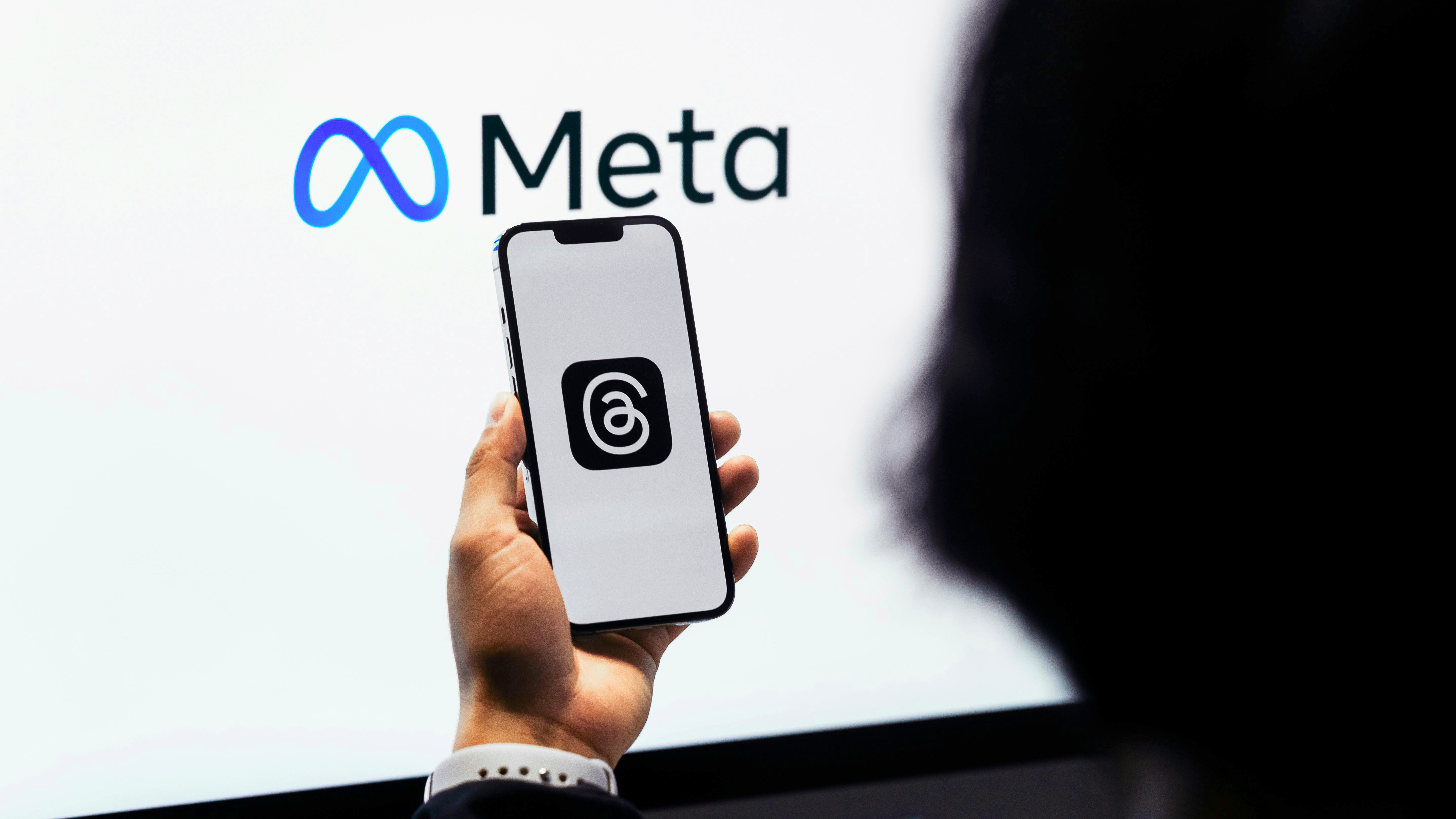
Understanding the Breakthrough: QeRL and NVFP4
The integration of NVFP4 in Reinforcement Learning (RL) is set to revolutionize how we approach artificial intelligence (AI) model training. Imagine harnessing the power of a 32B large language model (LLM) while only using a single H100 GPU. This innovation isn't just a dream; it has been made possible through QeRL (Quantization-enhanced Reinforcement Learning), developed by NVIDIA researchers in collaboration with esteemed institutions like MIT and Tsinghua University.
The QeRL framework employs 4-bit NVFP4 quantization, which helps in drastically reducing memory requirements while enhancing computational efficiency. This innovation has reported speedups of more than 1.5 times during the rollout phase and approximately 1.8 times in end-to-end scenarios compared to previous models like QLoRA.
A Game Changer for AI Training Efficiency
The implications of QeRL are significant. Traditional RL frameworks often stumble when it comes to speed and efficiency, especially during complex token generation processes. By shifting the policy weight path to NVFP4, QeRL allows for quicker rollouts due to its efficient handling of gradients and logits through LoRA (Low-Rank Adaptation). This means that during rollouts—where a significant amount of computation time is spent—developers can see enhancements in throughput without sacrificing accuracy.
Enhancing Exploration through Quantization
A remarkable facet of QeRL is its capacity to increase the entropy of the policy. By utilizing deterministic FP4 quantization, QeRL creates an environment that promotes exploration early in training, which is essential for optimizing model performance. This is achieved by flattening token distributions and introducing Adaptive Quantization Noise (AQN) for controlled exploratory behavior. As a result, the model achieves not only faster reward growth but also significantly higher final scores on challenging tasks.
Why This Matters Now
In a world where AI capabilities are rapidly evolving, mainly through generations of LLMs, the ability to efficiently train large-scale models efficiently is paramount. As the tech industry strives for sustainable practices in AI development, innovations like QeRL highlight a shift toward more efficient computations. QeRL stands at the forefront of this shift, aligning perfectly with the latest AI trends that prioritize both speed and accuracy.
Final Thoughts: Be Part of the AI Evolution
The advancements encapsulated within QeRL signify not just a leap in computational efficiency but also a tremendous potential for the future of AI. As NVIDIA continues to pioneer in AI technologies, leveraging frameworks like QeRL could be crucial for developers, educators, and investors wishing to stay ahead of the curve. Exploring opportunities in artificial intelligence—whether for investment or education—becomes imperative as we move forward into a future driven by intelligent technology. Join the movement!
 Add Row
Add Row  Add
Add 




Write A Comment